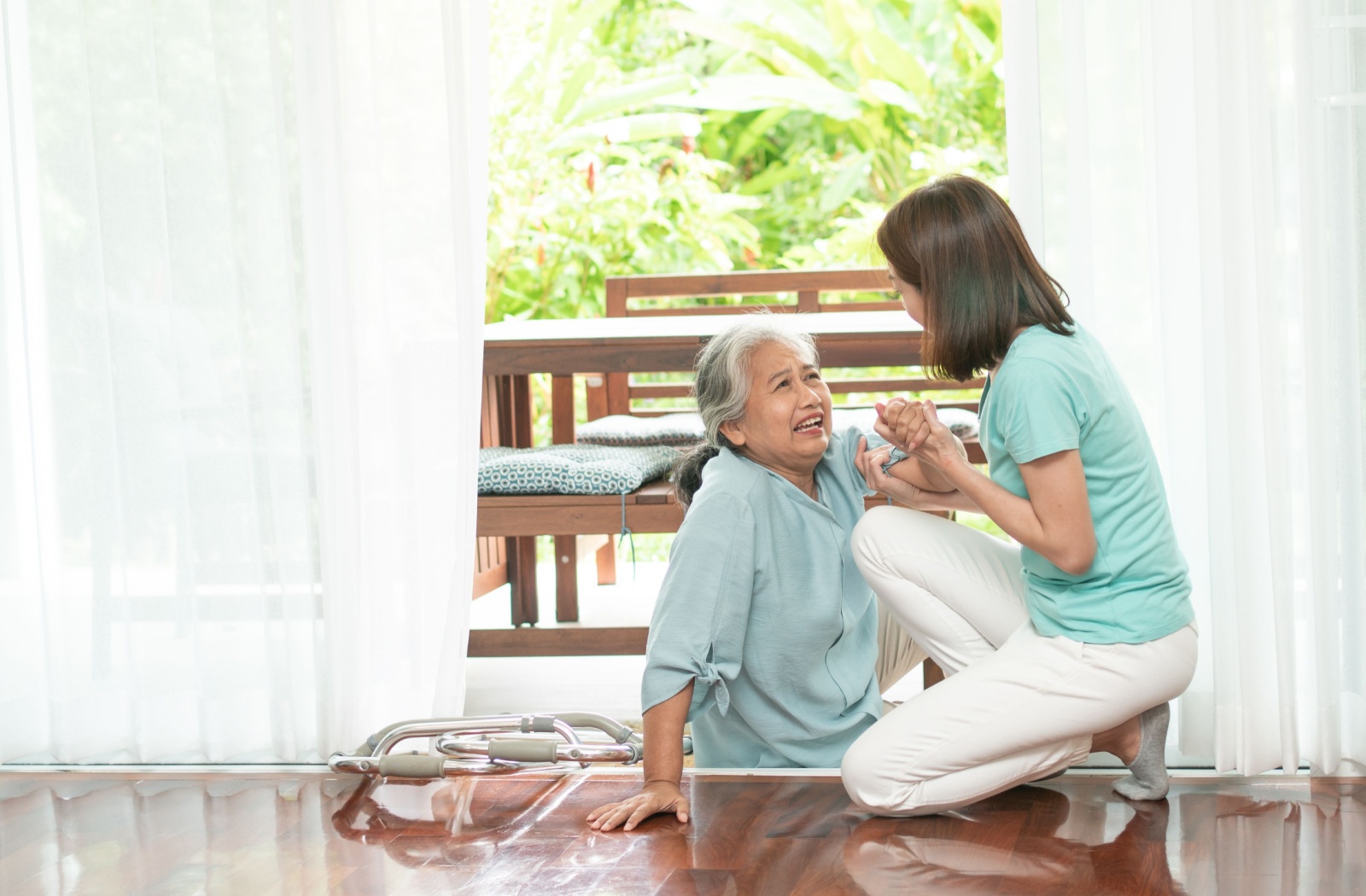Each year, millions of older adults experience falls, which can lead to serious injuries and even fatalities. Understanding and utilizing educational resources for fall prevention is crucial to safeguard the well-being of seniors. These resources provide valuable information and strategies to reduce the risk of falls, ensuring a safer environment for our elderly loved ones.

The Importance of Fall Prevention
Falls are the leading cause of injury among older adults. Identifying risk factors and implementing preventive measures can significantly reduce the incidence of falls. According to the CDC, more than one in four seniors fall each year, but fewer than half inform their doctor. By accessing and utilizing educational resources for fall prevention, seniors can maintain their independence and improve their quality of life.
Understanding Risk Factors
Identifying the risk factors that contribute to falls is the first step in prevention. Some of these factors include:
- Medical Conditions: Conditions such as arthritis, osteoporosis, and balance disorders can increase fall risk.
- Medications: Certain medications may cause dizziness or drowsiness, contributing to falls.
- Environmental Hazards: Cluttered spaces, poor lighting, and slippery floors are common hazards.
- Vision Impairments: Poor vision can make it difficult to navigate ones surroundings safely.
Creating a Safer Home Environment
Making modifications to the home can significantly reduce the risk of falls. Some suggested changes include:
- Installing Grab Bars and Handrails: These provide support in bathrooms and along staircases.
- Improving Lighting: Ensure all areas of the home are well-lit.
- Removing Tripping Hazards: Keep floors clear of clutter and secure rugs.
- Securing Loose Cables: Tuck away loose cables to prevent tripping.
Utilizing Technology
Technological advancements have introduced various tools that aid in fall prevention. Devices such as fall detection sensors and alert systems are invaluable. Fall detection devices can automatically alert caregivers or emergency services in the event of a fall, ensuring timely assistance.
Exercise and Physical Activity
Regular physical activity is essential in maintaining strength and balance, both crucial in fall prevention. Encouraging seniors to engage in exercises tailored to improve stability can be profoundly beneficial.
Balance and Strength Exercises
Implementing a routine that includes balance and strength exercises can help seniors maintain their independence. Activities such as tai chi, yoga, and simple at-home exercises are effective.
Educational Programs and Workshops
Many organizations offer workshops and educational programs focused on fall prevention. These programs provide seniors and caregivers with the knowledge and tools needed to minimize fall risks. Local senior centers, hospitals, and community organizations are excellent resources for finding these programs.
Resources for Caregivers
Caregivers play a vital role in fall prevention. Access to educational resources for fall prevention can empower caregivers with the information needed to support their loved ones. Articles such as caregiver devices offer insights into tools that enhance safety.
Managing Caregiver Stress
It’s important for caregivers to take care of their own well-being while providing care. Understanding caregiver stress and managing it effectively can prevent burnout and ensure quality care.
Fall Prevention Tips for Seniors
Practical tips can empower seniors to reduce their fall risk. Here are some suggestions:
- Regular Health Check-Ups: Routine check-ups can help identify and address health issues that may increase fall risk.
- Vision and Hearing Tests: Regular testing can ensure that vision and hearing impairments are addressed promptly.
- Proper Footwear: Wearing well-fitting, non-slip shoes can provide better support.
- Assistive Devices: Canes or walkers can offer additional stability.
Community Support and Resources
Community support plays a significant role in fall prevention. Engaging with local resources can provide seniors with access to a network of support and information. Many communities offer free or low-cost services such as home safety assessments and fall prevention classes.
Online Resources
The internet offers a wealth of information on fall prevention. Websites like the Health in Aging Foundation offer valuable insights and tips for seniors and caregivers.
Conclusion
By utilizing educational resources for fall prevention, seniors and caregivers can take proactive steps to reduce fall risks. Creating a safer environment, engaging in regular physical activity, and staying informed are key components in preventing falls. Together, we can ensure the safety and well-being of our aging population.

Frequently Asked Questions
What are the most common causes of falls in seniors?
Falls in seniors are often caused by a combination of factors, including medical conditions, medications, environmental hazards, and physical limitations.
How can I make my home safer to prevent falls?
Simple home modifications such as installing grab bars, improving lighting, and removing tripping hazards can significantly reduce fall risks.
Are there specific exercises that help with balance?
Yes, exercises such as tai chi, yoga, and balance-focused routines can help improve stability and reduce the risk of falls.
This article contains affiliate links. We may earn a commission at no extra cost to you.

